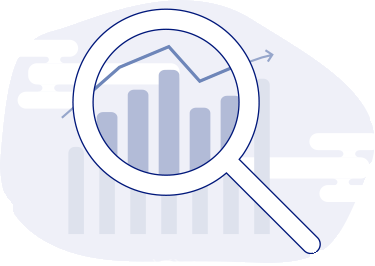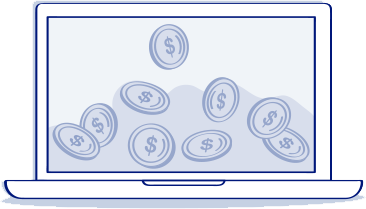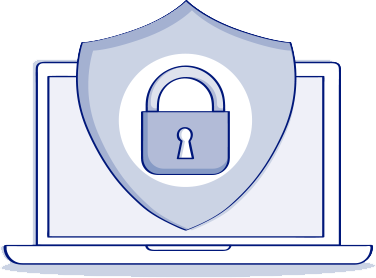We know that software, whether installed on your premises or accessed via the cloud, can seem like a significant upfront investment for a business. But did you know that you could save money, reduce risks, and optimise your business by treating your software as a valuable asset, and managing it accordingly?
To find out about the three benefits of software asset management (SAM), keep reading.
1. Increases cost-efficiency – SAM helps you save money
Everyone wants to do more, or the same, with less. That means being as efficient as possible. When it comes to software, there are significant potential cost efficiencies to be made. A detailed SAM plan helps you identify the hardware and software you need to run your business by allowing you to understand exactly what you need to achieve your goals. By being clear on who needs what, you can make sure all your employees have the right software, avoiding over-deployment. It also means you can identify alternative hardware options – for example, by using cloud-based software solutions.
Finally, it means you can identify old or redundant software and develop plans to remove, replace or upgrade as necessary, instead of paying for the software no one uses.
A detailed SAM plan helps you identify the hardware and software you need to run your business.
2. Supports business growth – SAM helps you make money
To grow, you need solid foundations. One of those is having a repeatable process to ensure return on investment (ROI) over your software assets. Yet another foundation is good corporate governance – the policies and processes that ensure your business operates in the correct legal and regulatory approach, no matter what industry you’re in.
The benefit of SAM is that it does exactly that for your software, making sure that everything you use to operate your business is properly licensed and managed. Overall, SAM helps you plan for your IT needs, freeing up resources that can be deployed in areas that will help you grow.
Knowing your software also means you are in a stronger position to negotiate with vendors or providers over software pricing and license options, whether it’s on volume, multiple methods of delivery (i.e. a mix of on-premise and cloud), or others.
It can also support your transition to the cloud, giving you a clear roadmap of what you have, what you need, and what the cloud must support. Not knowing what IT assets you have can be an obstacle for businesses considering the cloud; with SAM, you can achieve the visibility you need to set up IT for an efficient cloud transformation.
Knowing your software means you are in a stronger position to negotiate overpricing and benefits.
With SAM, you can achieve the visibility you need to set up IT for an efficient cloud transformation.

3. Improves resilience to business disruptions – SAM protects against risks
Cybersecurity threats can cripple or even end a business faster than any market downturn or economic depression. To deploy efficient physical security, you need to know your property inside and out to map its strengths and weaknesses. It’s the same for cybersecurity – if you want to be secure, you need to know your digital assets inside and out.
Having clear software asset management goals helps you to do that for your software – by knowing what software you have and where it is based, you can then identify gaps and vulnerabilities in your IT systems and develop the right policies and procedures for your operations.
Those policies and procedures also support SAM in avoiding employees from installing unlicensed software. If employees know the correct way to procure the software they need, and if you’ve already done the work by knowing exactly what they do and don’t require, then the need to download unofficial software is greatly diminished.
One of the most significant cybersecurity threats involves exploiting known vulnerabilities in outdated software. SAM helps you see when you need to update software – it also means that you’ll be using officially-supplied software, which in turn gives you access to vendors’ own support and update programs, sealing holes as they’re identified before they can be exploited. By closing these potential vulnerabilities, you are also minimising the risk of a data breach involving corporate and personal data.
By knowing what you’ve got, and how you use it, you’re in a stronger position to mitigate risks associated with cyberattacks or other major business disruptions. SAM also supports your business continuity efforts by giving you a clear picture of your software requirements and uses, allowing you to quickly reinstate systems and data.
Finally, it gives you peace of mind when it comes to legal, reputational, and financial risks. So many elements outside of your control can affect your business; the last thing you want is for a rogue piece of software to cause you significant legal and financial damage.
By knowing what you have, what you need and what you use, SAM allows you to identify unlicensed or illegally used software and remove it quickly. This, in turn, shuts down any possibility of costly and time-consuming legal battles if you were found to be using unlicensed software.
Interested in learning more about how to support your business with an effective SAM program? Learn more about the benefits of software asset management and how you can become a certified SAM leader.




